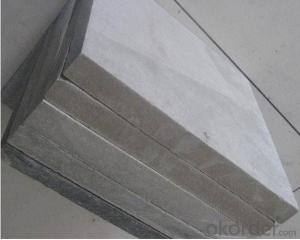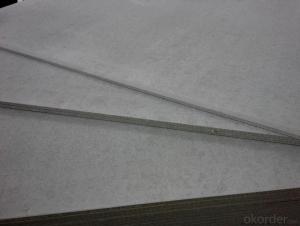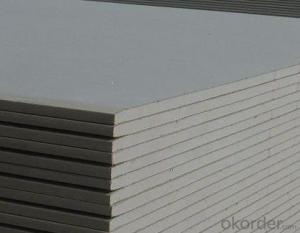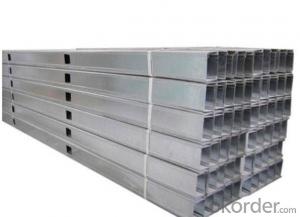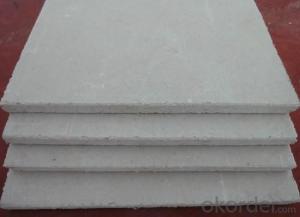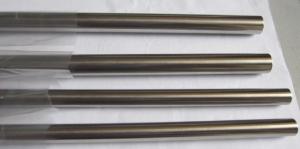Thin Wall Stainless Steel Tube
Thin Wall Stainless Steel Tube Related Searches
Best Paint For Stainless Steel Blanket Insulation For Steel Buildings Primer For Galvanized Steel Foam Filter For Stainless Steel H S Code For Stainless Steel Surface Grinding Wheels For Stainless Steel Surface Grinding Wheels For Hardened Steel Hole Saw For Stainless Steel Paint For Stainless Steel Stainless Steel For BbqHot Searches
Steel Mesh Panels For Sale Price For Stainless Steel Scrap Scrap Price For Stainless Steel Price For Stainless Steel Stainless Steel Tank For Sale Stainless Steel Sheets For Sale Cheap High Tea Sets For Sale Stainless Steel Tanks For Sale Stainless Steel For Sale High Density Fiberboard For Sale Solar Hot Water Collectors For Sale Scaffolding For Sale In Uae Scaffolding For Sale In Ireland Scaffolding For Sale In Houston Type Of Inverter For Solar Price Of Shipping Containers For Sale Types Of Inverter For Solar Stock Price For Aluminum Used Solar Inverter For Sale Steel Mesh Panels For SaleThin Wall Stainless Steel Tube Supplier & Manufacturer from China
Okorder.com is a professional Thin Wall Stainless Steel Tube supplier & manufacturer, offers integrated one-stop services including real-time quoting and online cargo tracking. We are funded by CNBM Group, a Fortune 500 enterprise and the largest Thin Wall Stainless Steel Tube firm in China.Hot Products
FAQ
- Electropolished and passivated stainless steel pipes are both surface treatments used to enhance the corrosion resistance and aesthetic appearance of stainless steel. However, there are some key differences between the two processes. Electropolishing is an electrochemical process that selectively removes a thin layer of material from the stainless steel surface. This process helps to remove impurities, contaminants, and embedded particles, resulting in a smooth and clean surface. Electropolishing also improves the microfinish of the stainless steel, reducing surface roughness and enhancing the overall appearance. This process can also improve the corrosion resistance of stainless steel by creating a passive chromium oxide layer on the surface. On the other hand, passivation is a chemical process that involves the application of an acid-based solution to the stainless steel surface. This solution helps to remove iron contaminants and other foreign substances from the surface, leaving behind a clean and passive layer of chromium oxide. Passivation helps to enhance the corrosion resistance of stainless steel by promoting the formation of a stable and protective oxide layer. In summary, electropolishing is an electrochemical process that removes a thin layer of material to create a smooth and clean surface, while passivation is a chemical process that removes contaminants and promotes the formation of a protective oxide layer. Both processes contribute to improving the corrosion resistance and aesthetics of stainless steel pipes, but they differ in the method used to achieve these results.
- Indeed, the water treatment industry can utilize stainless steel pipes. Due to its exceptional resistance to corrosion, stainless steel proves to be a fitting material for environments involved in water treatment and processing. It finds widespread application within the industry, encompassing pipelines, pumps, valves, and tanks. The strength and durability of stainless steel pipes are commendable, guaranteeing enduring performance even under severe circumstances. Moreover, stainless steel boasts hygienic properties and is effortless to clean, which renders it perfect for applications where upholding water purity is paramount. All in all, stainless steel pipes emerge as a dependable and cost-efficient alternative for the water treatment industry.
- The maximum temperature that stainless steel pipes can withstand depends on the grade of stainless steel used. Generally, stainless steel pipes can handle temperatures ranging from 1200 to 1600 degrees Fahrenheit (650 to 870 degrees Celsius), with some specialized grades able to withstand even higher temperatures.
- Yes, stainless steel pipes can be welded to other materials. However, it is important to consider the compatibility of the materials being welded together and ensure proper welding techniques are used to achieve a strong and reliable joint.
- Yes, stainless steel pipes can be insulated with cork. Cork is a versatile material that is commonly used for insulation purposes. It has excellent insulating properties, including thermal insulation, noise reduction, and fire resistance. Cork insulation is suitable for various applications, including pipes, as it can effectively reduce heat transfer and prevent condensation. Additionally, cork is a sustainable and eco-friendly material, making it a popular choice for insulation. Therefore, using cork to insulate stainless steel pipes is a viable option.
- Indeed, stainless steel pipes prove to be an impeccable choice for food processing industries. The impeccable corrosion resistance, durability, and hygienic attributes of stainless steel render it the preferred material in these sectors. Remarkably, stainless steel pipes exhibit no reactivity with food or any propensity to alter its flavor, while effectively resisting staining, rusting, and chemical harm. Hence, they emerge as an ideal medium for the transportation of diverse food products, encompassing liquids, gases, and solids. Furthermore, the effortless cleaning and maintenance of stainless steel pipes mitigate the risk of contamination and guarantee the safety of food.
- One way to prevent oxidation in stainless steel pipes is by applying a protective coating or paint that acts as a barrier against oxygen and moisture. Additionally, regular cleaning and maintenance can help remove any corrosive substances or deposits that could lead to oxidation.
- Yes, stainless steel pipes are suitable for solar power systems. Stainless steel is highly resistant to corrosion, making it an excellent choice for solar power systems that are exposed to outdoor elements. Additionally, stainless steel pipes have high thermal conductivity, which helps in efficiently transferring heat in solar water heating systems.





